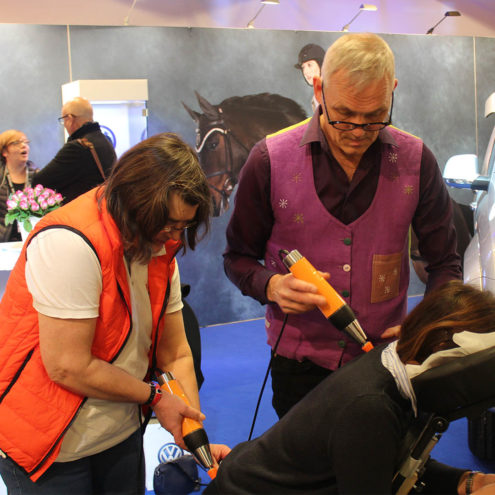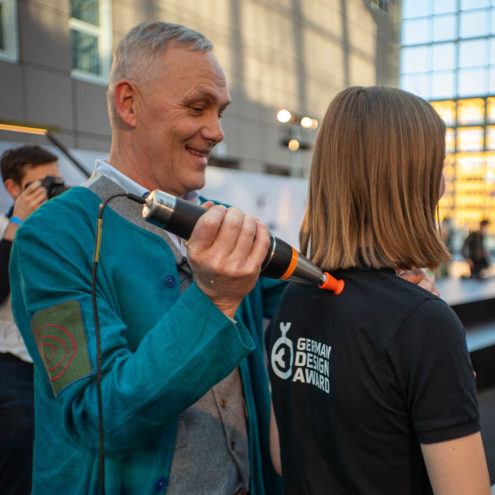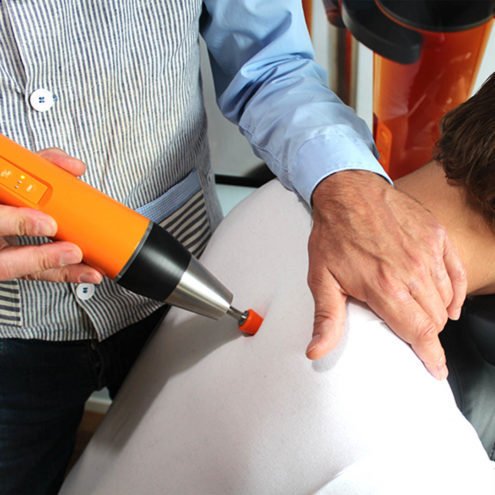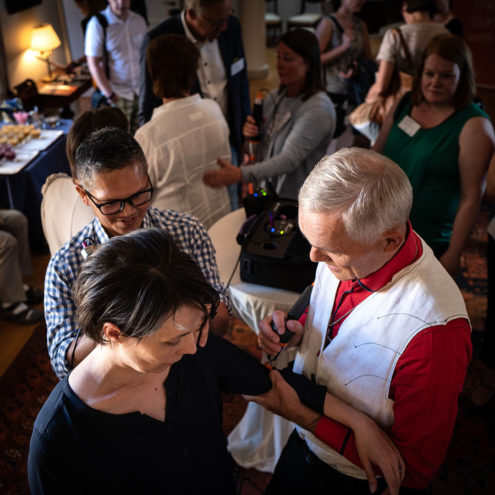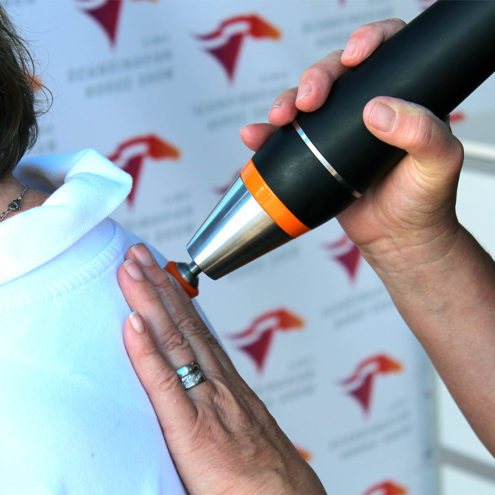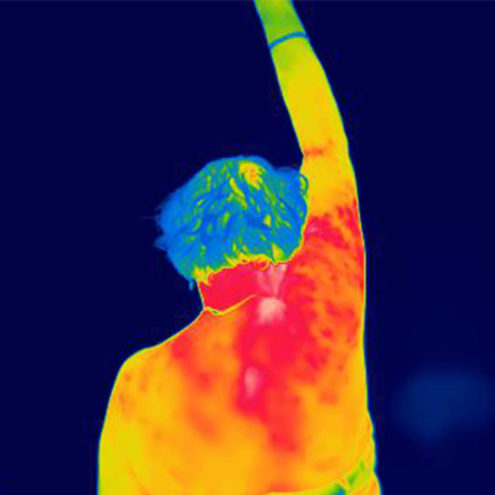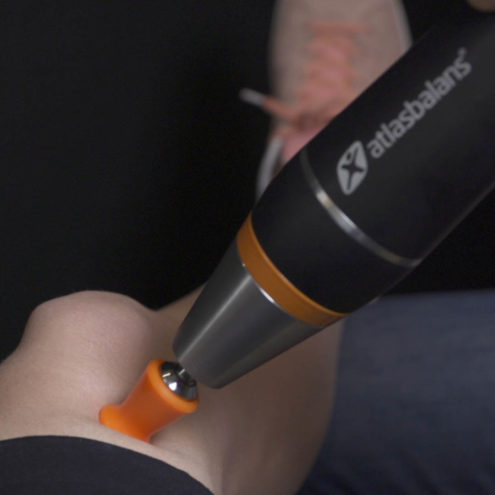Gout – What you need to know about this joint inflammation
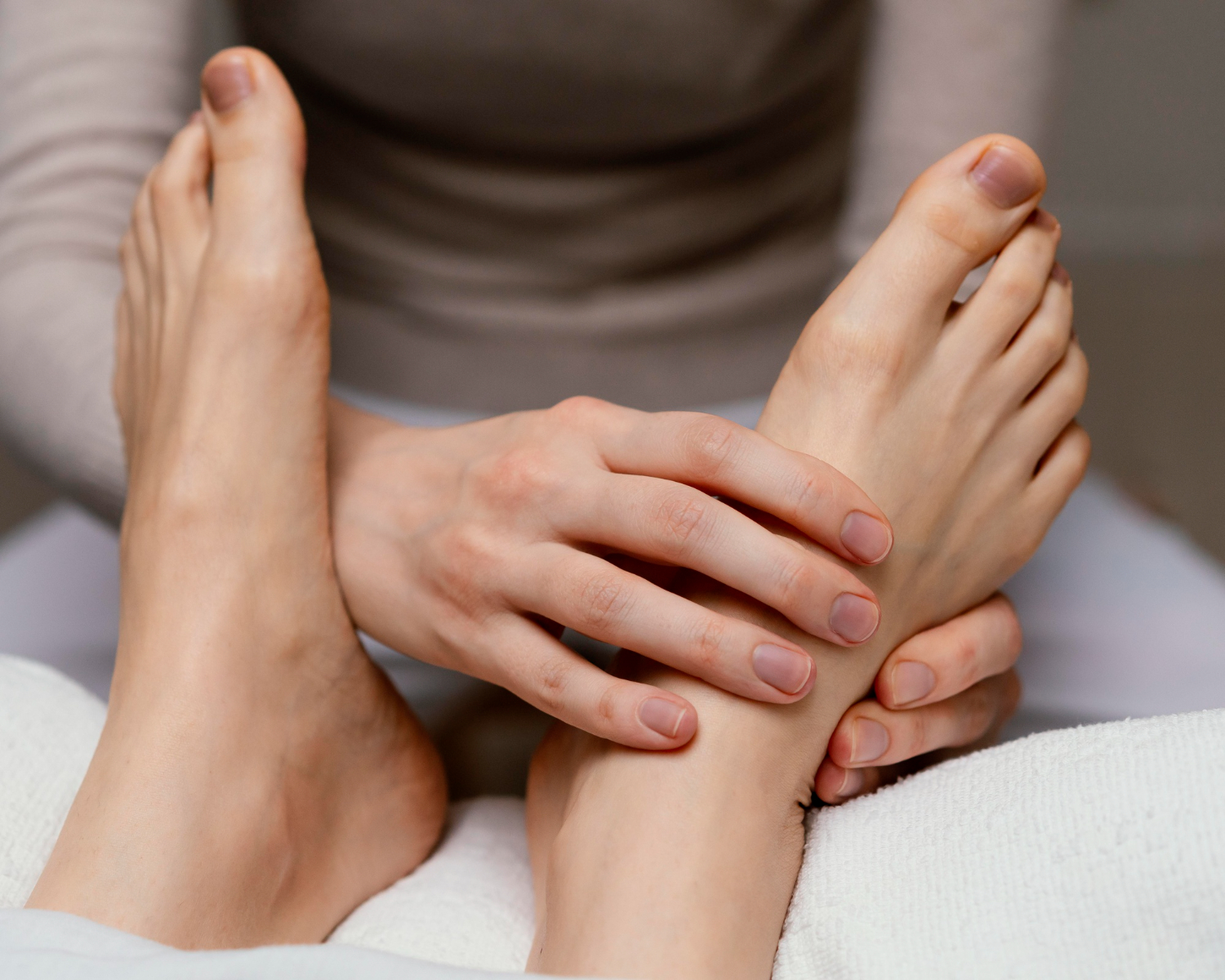
Gout is a very common form of arthritis characterized by sudden and intense attacks of pain with swelling, redness and heat in affected joints. This disease is deeply rooted in the body’s handling and metabolism of uric acid, a natural by-product formed by the breakdown of purines. To gain a comprehensive understanding of gout, including its causes, symptoms and how it can be effectively managed, it is important to have a basic knowledge of its mechanisms and impact.
What is gout?
Gout is one of the most documented medical conditions in history, known in ancient times as the ‘disease of kings’ because of its association with the abundant consumption of food and drink available only to the wealthy.
Definition and basic information
Gout is caused when the levels of uric acid in the blood become too high so that the body cannot eliminate the excess effectively. Uric acid is a by-product formed when the body breaks down purines, which are substances found naturally in the body and in some foods. When uric acid accumulates, it can crystallize and be deposited in joints, tendons or other surrounding tissues, causing inflammation and pain.
How uric acid and purines affect joints
Uric acid crystals tend to accumulate in the joints of the body. A joint that is often affected is the base joint of the big toe. This leads to sudden and intense painful attacks.
Fascia and gout
Our joints contain fascia. This tissue is what we call the body’s connective tissue, which encloses joints, muscles and organs, among other things. Fascia penetrates and connects all the cells in our body. This means that everything in our body is in contact and can communicate with each other. Our fascia thus plays a critical role in how inflammation spreads from the affected joints to surrounding tissues. This spread can amplify pain and contribute to the difficulty in movement that sufferers often experience during gout attacks.
Why do you get gout?
The exact reasons why some individuals develop gout while others do not can be many and varied. It is important to understand both genetic predispositions and lifestyle factors that can influence the risk of developing this disease.
The impact of diet – purine-rich foods and alcohol
Diet is strongly linked to the risk of gout, especially the intake of foods high in purines such as red meat, certain fish and shellfish, as well as a high consumption of alcohol, especially beer. Purines in these foods are broken down into uric acid, which can lead to increased levels in the blood and the risk of crystallization in joints.
Genetic factors and heredity
Genetics also play a crucial role. If a close relative has had gout, your own risk of developing the disease increases. In recent years, several genetic variations have been found that increase uric acid in the blood. These gene variations may also partly explain the large differences in the prevalence of gout around the world. If the disease runs in the family, there is a greater risk of being affected as there is a hereditary component.
Age and gender as risk factors
The risk of developing gout increases with age, and men are usually more likely to be affected than women. Women become more vulnerable after menopause, suggesting that female sex hormones may play a protective role against the onset of high uric acid levels up to that point. Sex hormones such as oestrogen and testosterone affect the fibroblasts in the fascia. Fibroblasts are a type of cell that produces, among other things, the collagen in the fascia. The sex hormones signal to the fibroblasts which collagen to build and how to differentiate it. Type I collagen is harder and more stable, while type III is looser and softer. The formation of cross-links, which make collagen tight and stable, is also influenced by sex hormones.
Understanding gout and its complex relationship with the body’s fascia and uric acid metabolism provides a basis for effective treatment and prevention of future attacks. Knowledge of how diet, genetics, and lifestyle choices affect gout is crucial to managing the disease and reducing its impact on individuals’ lives. It is important that those at risk of gout consult with health professionals to develop an individualized treatment plan.
What symptoms cause gout?
Gout can manifest itself in different forms, from acute painful attacks to more prolonged and chronic conditions that gradually impair joint function. Identifying these symptoms early is critical to managing the disease quickly and effectively.
Acute gout attacks and their nature
An acute gout attack is characterized by sudden, intense pain in the affected joints, often during the night when the body temperature drops. The affected area also becomes red, swollen and very tender to the touch. These symptoms typically occur when uric acid crystals accumulate in the joint capsule. The fascia, which is sensitive to inflammation and pain, reacts strongly to these crystal deposits, further amplifying the pain and inflammatory response in and around the affected joint. The fascia contains a large number of pain receptors, known as nociceptors, which respond to stimuli such as pressure. When these are stimulated, they send signals to the central nervous system where they are interpreted as pain.
Chronic Gout – Long-Term Effects and Tofi
If left untreated, gout can develop into a chronic form, where the pain becomes less intense but more constant. Chronic gout can also lead to the formation of gouty nodules, known as tofi. These are hard accumulations of uric acid crystals that can be seen under the skin. These tophi can damage surrounding soft tissue and fascia, resulting in reduced mobility and pain on movement.
Gout and its impact on other parts of the body
Gout is not only limited to joints but can also affect other parts of the body, including the kidneys, where uric acid crystals can contribute to kidney stones. The fascia, which surrounds all internal organs including the kidneys, can become inflamed as uric acid crystals accumulate, which can further complicate the situation by contributing to pain and disability.
Common areas for gout
Gout can affect several different joints, but some areas are more likely to be affected than others. Understanding these specific areas can help to anticipate and manage attacks more effectively.
The big toe – the most affected joint
One of the most common sites for gout attacks is the big toe. Due to the lower temperatures in the extremities and the high stresses placed on the toes, uric acid crystals tend to be deposited there.
Other common areas – ankles, knees and hands
In addition to the big toe, ankles, knees and hands are other common sites for gout attacks. The subsequent inflammation can have a major impact on daily activities such as walking and gripping objects.
How Gout Affects These Areas
The fascia plays a crucial role in how arthritis affects joints and surrounding tissues. Inflammation of the fascia can lead to a chain reaction of pain and disability that extends beyond the initially affected joint. This systemic response can worsen the symptoms of gout. To address both the local and the broader biomechanical effects of the disease, an integrated treatment approach is required.
Understanding the extensive impact of gout on the body’s joints and fascia is key to developing effective treatment strategies. This knowledge is crucial to help affected individuals manage their symptoms and improve their quality of life.
What can gout be a symptom of?
Gout is not just an isolated disease but can also be an indicator of broader metabolic and systemic health problems. Understanding these connections can help identify and manage underlying conditions that contribute to or are exacerbated by gout.
Gout as an indicator of other health problems
When gout occurs, it can be a sign of other serious health conditions, such as metabolic syndrome, which includes conditions such as high blood pressure, high blood fat levels and insulin resistance. These conditions share the common denominator of elevated uric acid levels and can contribute to the risk of cardiovascular disease. Identifying and treating gout can therefore play an important role in managing these broader health problems.
Comorbidities – gout and kidney stones, cardiovascular diseases, diabetes
Gout has been shown to be linked to several other medical conditions:
Kidney stones: Uric acid crystals not only accumulate in the body’s joints but can also affect the kidneys, increasing the risk of kidney stones.
Cardiovascular disease: Research has shown that gout is associated with an increased risk of cardiovascular disease, probably due to inflammation and high uric acid levels affecting blood vessels.
Diabetes: Gout and type 2 diabetes share several metabolic risk factors, and having gout may indicate a risk of developing diabetes.
These links between gout and other diseases underline the importance of a holistic approach to patient health and the need for coordinated efforts to treat these interacting conditions.
Medications and other factors that can aggravate gout
Some medicines and medical treatments can increase uric acid levels or impair the body’s ability to excrete uric acid. Diuretics (diuretics), used to treat high blood pressure, are one example. Other factors include lifestyle choices such as high alcohol consumption, high consumption of purine-rich foods and being overweight.
How we can help you
At FasciaClinics, we specialize in seeing and treating the body from a holistic perspective. We perform fascia treatments, a highly effective treatment method that focuses on treating and maintaining the fascia in our body.
Fascia treatment focuses on releasing tension and adhesions in the fascia and increasing its flow. Reduced pressure and increased circulation allow cell membranes to more easily absorb nutrients and release waste products. Fascia treatment can lead to improved mobility of the affected joint with less pain and improved self-healing.
During a visit, we analyze the whole body to see where compensations and imbalances are and how they have spread. If there is an imbalance in the body, there is a risk that they will spread and affect other structures. That’s why it’s very important to seek help quickly as soon as you experience any symptoms.
Managing gout requires a comprehensive understanding of the disease and its relationship to other health problems. With the right support and customized treatment strategies, you can not only reduce the symptoms of gout but also improve your overall health and quality of life. Our team is here to help you navigate this process with expertise and compassion.
 Search
Search






